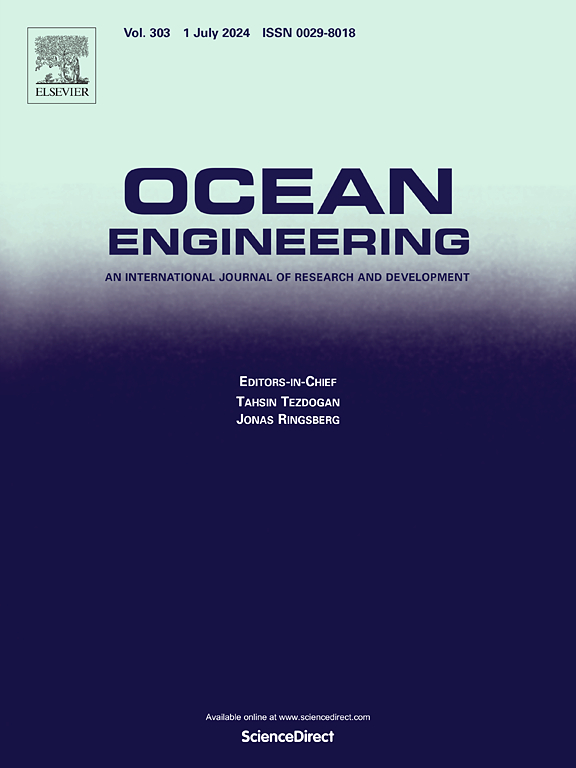基于三维斜坡稳定性分析方法的海底滑坡海啸模拟:日本富山湾2024年诺托半岛地震和海啸
IF 5.5
2区 工程技术
Q1 ENGINEERING, CIVIL
引用次数: 0
摘要
2024年1月,北户半岛沿岸发生了7.5兆瓦的地震和海啸,预计海啸将在地震发生20分钟后到达富山湾。然而,波形数据显示海浪在3分钟内到达,这些意想不到的海浪表明涉及海底滑坡。这项研究的目的是模拟由海底滑坡产生的海啸,不包括任何地震的影响。采用Hovland的粘结-摩擦土三维边坡稳定性分析方法估算滑坡的质量和位置。然后,在基于浅水方程的TUNAMI-N2双层模型中,估计的滑坡被用作海啸产生的来源。然后,海啸波形与海浪和潮汐计的观测数据进行了验证。该模型产生的海底滑坡估计质量范围为0.015至1.28平方公里。这些结果证实了该区域的海底滑坡,模拟波形与观测数据吻合非常密切,证实了海啸在3分钟内到达。尽管该模型不能完全再现观测波形的所有特征,但这些发现提供了强有力的证据,表明海底滑坡在海啸早期到达中发挥了至关重要的作用,并突出了它们对未来海啸危害评估的重要性。本文章由计算机程序翻译,如有差异,请以英文原文为准。
Submarine landslide induced tsunami modeling using 3D slope stability analysis Method: The 2024 Noto Peninsula earthquake and tsunami in Toyama Bay, Japan
A 7.5 Mw earthquake and tsunami occurred along the coast of the Noto Peninsula in January 2024, with the tsunami expected to reach Toyama Bay 20 min after the earthquake. However, waveform data showed that waves arrived within 3 min, these unexpected waves suggest the involvement of a submarine landslide. This study aims to model the tsunami generated by submarine landslides, excluding any earthquake contribution. Hovland's three-dimensional slope stability analysis for cohesive-frictional soils was applied to estimate the landslide mass and location. The estimated landslides were then used as sources for tsunami generation in the TUNAMI-N2 two-layer model, which is based on the shallow water equations. The tsunami waveform was then validated against observed data from the wave and tide gauges. The model produced submarine landslides with estimated masses ranging from 0.015 to 1.28 km2. These results confirm the submarine landslides in this region and the simulated waveforms closely matched the observed data, confirming the arrival of tsunami within 3 min. Although this model could not fully reproduce all features of the observed waveform, the findings provide strong evidence that submarine landslides played a crucial role in the early tsunami arrival and highlight their importance of future tsunami hazard assessment.
求助全文
通过发布文献求助,成功后即可免费获取论文全文。
去求助
来源期刊

Ocean Engineering
工程技术-工程:大洋
CiteScore
7.30
自引率
34.00%
发文量
2379
审稿时长
8.1 months
期刊介绍:
Ocean Engineering provides a medium for the publication of original research and development work in the field of ocean engineering. Ocean Engineering seeks papers in the following topics.
 求助内容:
求助内容: 应助结果提醒方式:
应助结果提醒方式:


